The Lob: Your Secret Weapon in Padel
Let’s get one thing straight: the lob isn’t just a desperation move when you’re pinned in a corner. In padel, the lob is your secret weapon—your friend that’s always there when you need it most. So why does this shot often get overlooked? Many players, especially those coming from tennis or squash, think of it as a defensive cop-out. But in padel, the lob can turn the tide of a match in ways you’ve probably never thought about. If you’re serious about improving your game, it’s time to give the lob the respect it deserves.
Why the Lob Is More Than Just a Defensive Shot
Most players see the lob as a last resort. You're in trouble, pinned against the glass, and you just toss the ball high in the hopes of catching a break. But here’s the thing—when done right, the lob isn’t just a panic button; it’s a tool for controlling the game.
The lob is a way to reset the play, shift momentum, and put your opponents in uncomfortable positions. Think about it. If your opponents are close to the net and dominating, sending a well-executed lob can force them to backpedal, giving you time to regain your footing. It takes the game from their comfort zone to yours. And here’s where it gets interesting: the lob can be both defensive and offensive, depending on how and when you use it.
How to Turn the Lob Into an Offensive Weapon
The real beauty of the lob lies in its versatility. It’s not just about defending—it's about dictating the tempo of the game. When you lob the ball deep into your opponents' side, you’re forcing them to move. They have to scramble to get underneath the ball, often losing their offensive position at the net.
What happens next? They’re likely to hit a weak return, giving you the opportunity to either take control of the net or smash the ball down for a winning shot. The lob can flip the script in a rally, turning you from a defender into an attacker in the blink of an eye.
The Timing: When to Use the Lob
Timing is everything when it comes to lobs. A poorly timed lob is easy to smash right back in your face, but a well-timed lob can leave your opponents scrambling.
So when should you lob? Here are some scenarios:
- When your opponents are too close to the net. This is the classic situation for a lob. If they’re over-committing to their position at the front, a high lob over their heads forces them into a sprint toward the back of the court. Not only does this buy you time, but it also forces them to hit a defensive shot.
- To reset the point. When you’re under pressure, the lob gives you breathing room. It’s the reset button when your opponents have you pinned, allowing you to slow down the pace and regain control.
- To attack. Yes, the lob can be an attacking shot too. If you place it deep enough and high enough, you’ll push your opponents into a weak position. Their return will often be a floater, giving you the chance to move in and take the point.
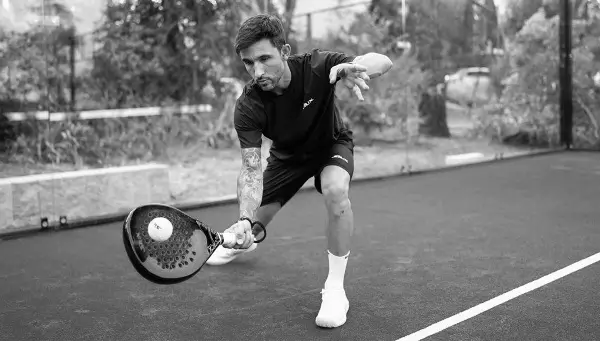
How to Execute the Perfect Lob
Now that you know why the lob is so powerful, let’s talk about how to execute it. Here’s where many players go wrong: they think a lob is just about getting the ball up in the air. It’s not. The perfect lob requires finesse, timing, and placement.
- The height. A good lob needs to be high enough that it’s out of your opponents' reach but not so high that it gives them time to run back and set up. Aim for about two to three meters above the net.
- The placement. The best lobs land deep in the court, close to the baseline. If you lob too short, you’re setting yourself up for a smash. Too deep, and it might go out. Find the sweet spot near the back glass.
- The spin. Adding a bit of topspin to your lob can make it more difficult for your opponents to deal with. The ball will bounce higher and move away from them, making it harder to hit a strong return.
Common Mistakes to Avoid When Lobbing
Even though the lob is a fantastic weapon, it’s easy to mess it up. Here are some common mistakes that you should avoid:
- Lobbing too low. A low lob is just asking to be smashed. If you don’t get enough height, your opponent will jump all over it.
- Not enough placement. Lobbing the ball straight down the middle or too close to your opponent's position is a missed opportunity. Make sure to place the lob where your opponents will have to work for it.
- Telegraphing your lob. If you make it obvious that you’re about to lob, your opponents will be ready. The key is to disguise your shot. Make your opponents guess whether you're going for a lob, a drive, or a drop shot.
The Lob's Role in Padel Strategy
At its core, padel is a game of positioning and strategy. It’s not about hitting the ball as hard as you can (although that’s fun sometimes); it’s about outsmarting your opponents. The lob plays a huge role in this. By keeping your opponents guessing and off-balance, you control the flow of the game.
The lob is particularly effective in forcing your opponents to the back of the court, allowing you and your partner to move forward and take control of the net. Once you're at the net, you can dictate the rally with volleys and smashes, keeping your opponents on the defensive.
Think of the lob as a chess move—it’s about setting up your next play. You’re not just lobbing for the sake of lobbing; you’re lobbing with a purpose. You want to push your opponents into a vulnerable position so that you can close out the point.
Is the Lob for Beginners or Advanced Players?
Here’s another reason the lob gets underrated: many players think it’s just for beginners. But that’s a huge mistake. The lob is essential at every level of the game. In fact, the higher the level, the more important the lob becomes. Advanced players use the lob as part of a well-rounded strategy to manipulate the point and break their opponents' rhythm.
Beginner players often lob as a reactionary shot—something they do when they’re in trouble. But as you get better, you start to realize that the lob can be used proactively. It’s not just a way to survive a point; it’s a way to win it.
Frequently Asked Questions About the Lob
What if my opponents are good at smashing lobs?
Good opponents will try to punish weak lobs. That’s why it’s essential to master the height and placement. A well-executed lob should land deep in their court and high enough that it’s difficult to smash.
Is the lob just for defense?
No! While it’s often seen as a defensive shot, the lob can be an offensive tool when used strategically. It helps you reset the point, regain control, and even force weak returns from your opponents.
Can the lob work against taller players?
Yes! In fact, lobbing over tall players can be even more effective because they may be more aggressive at the net. Use their height against them by sending deep, high lobs that force them back.
Should I lob every time I’m in trouble?
Not necessarily. While the lob is a great tool, it’s important to mix up your shots. Constantly relying on the lob can make you predictable. Vary your shots and keep your opponents guessing.
Why the Lob Should Be Your Go-To Shot in Padel
At the end of the day, the lob is your best friend on the padel court because it does something no other shot can do—it turns defense into offense. Whether you're playing against aggressive net players or trying to regain control of a fast-paced rally, the lob offers you an escape route and a path to victory.
So the next time you step onto the court, remember: the lob isn’t just a lifeline; it’s a weapon. Master it, and you’ll be well on your way to controlling the game, frustrating your opponents, and ultimately winning more matches.
Final Thoughts
Padel isn’t just about brute force or quick reflexes—it’s about strategy, finesse, and knowing when to make the right play. The lob encapsulates all of these elements. It may not be the flashiest shot, but it’s one of the most effective. Learn it, love it, and use it to your advantage.
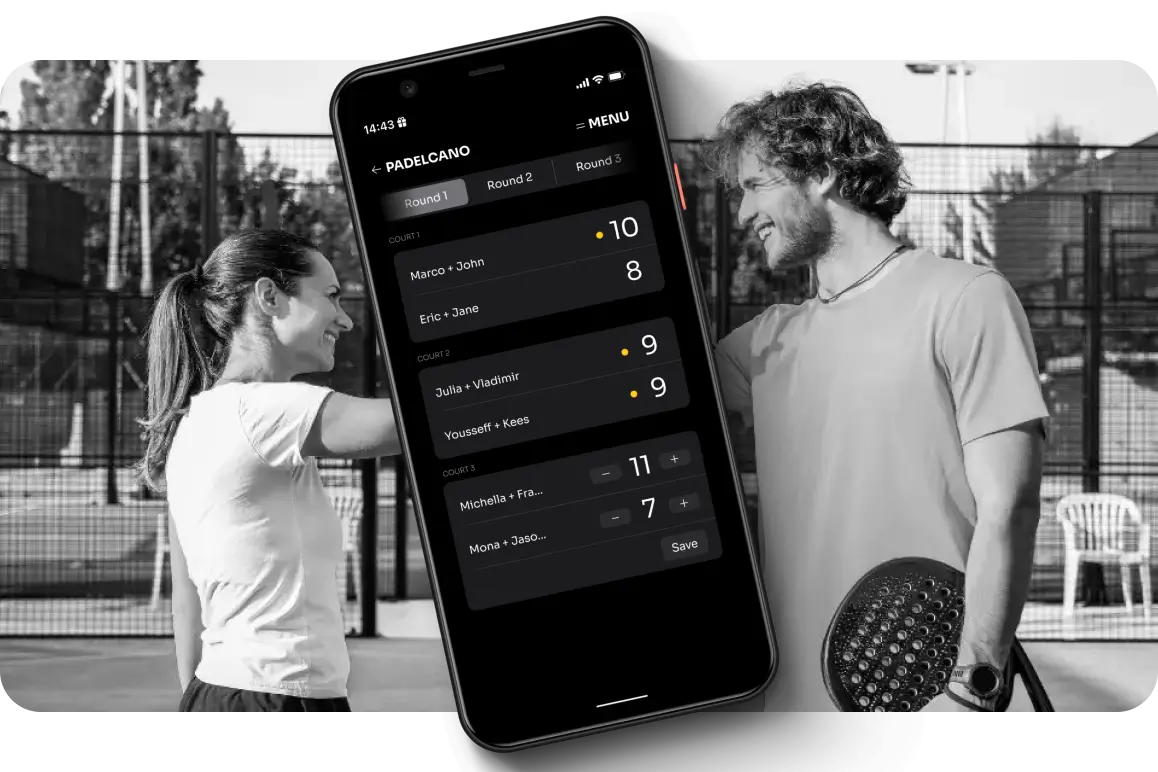
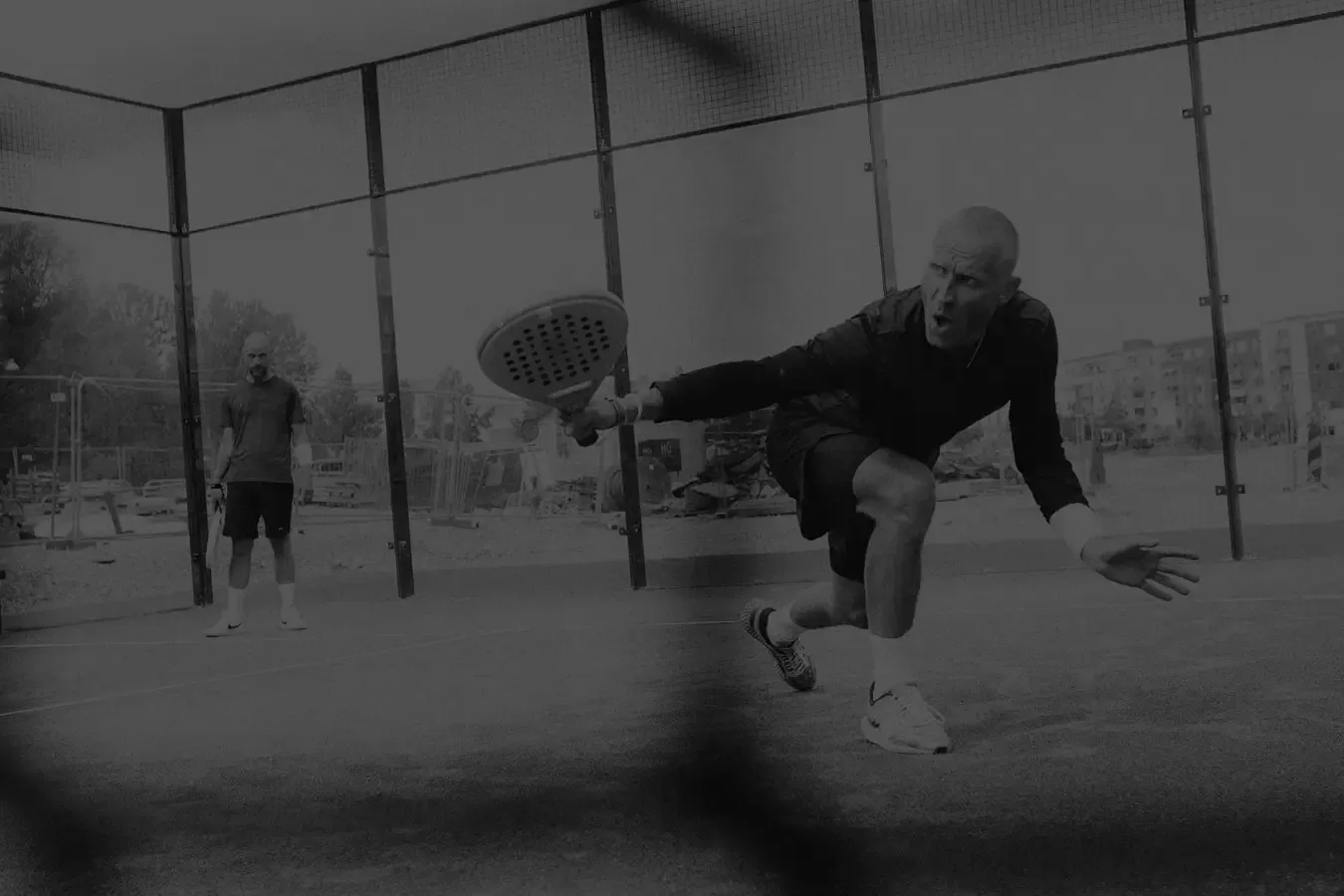

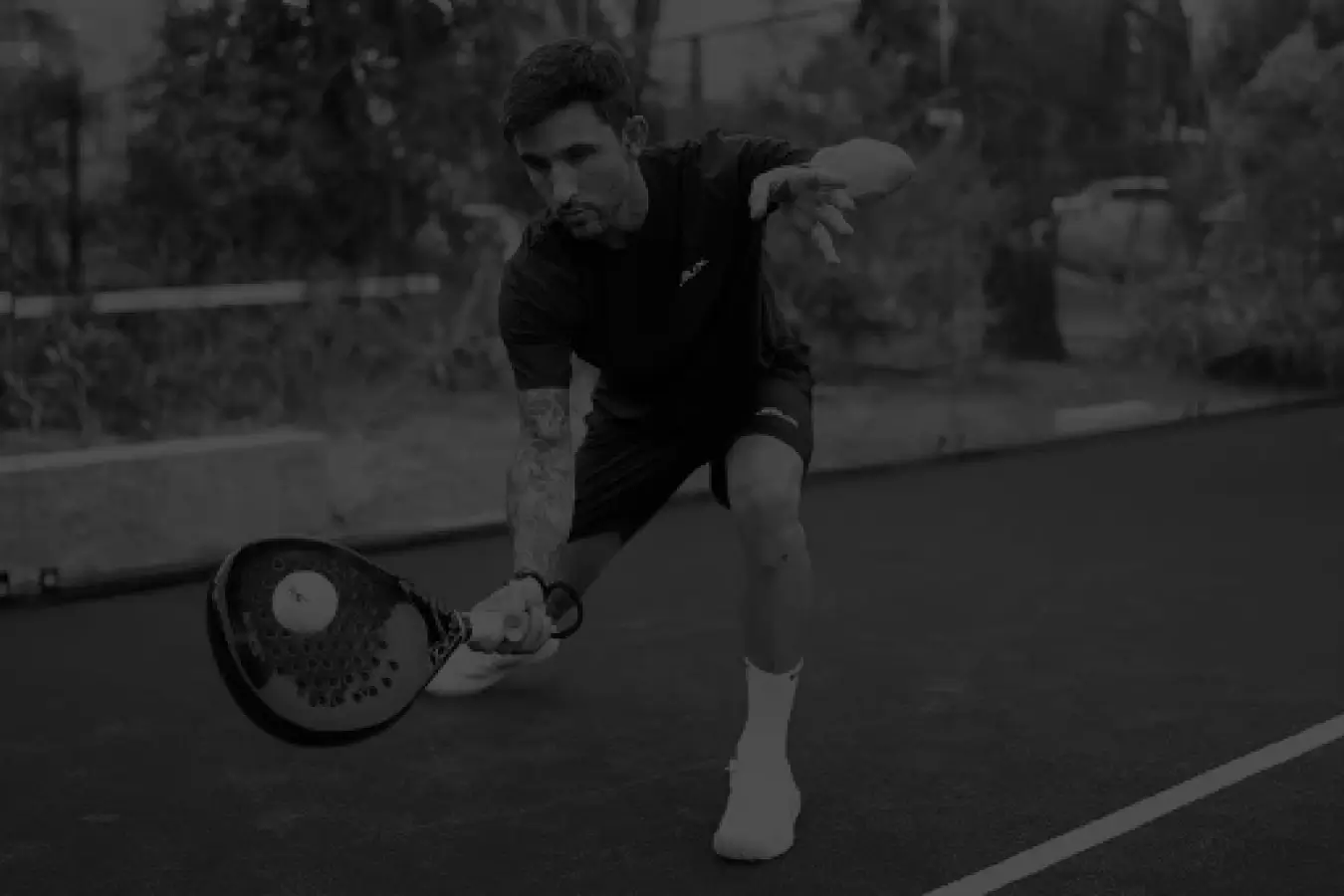
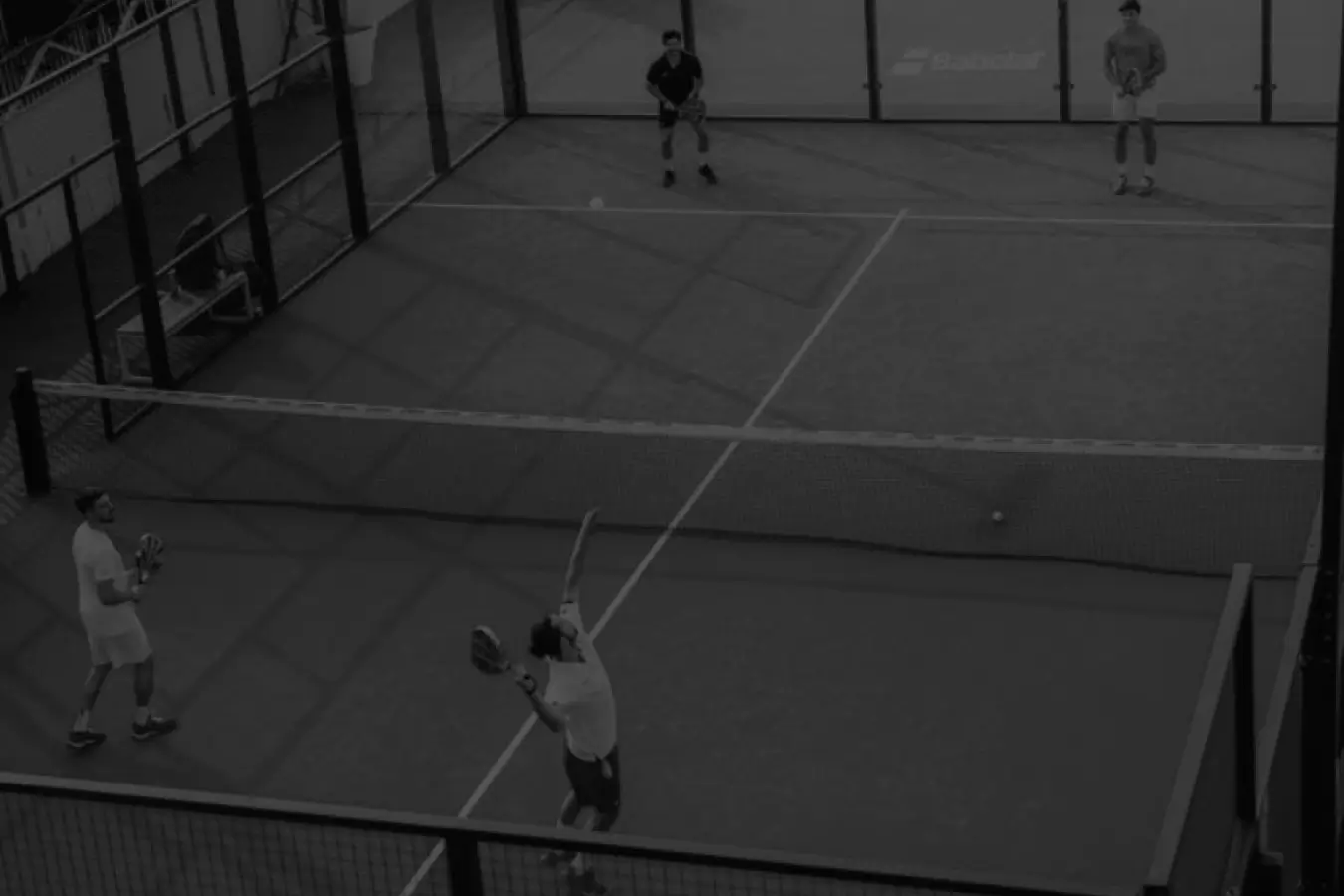

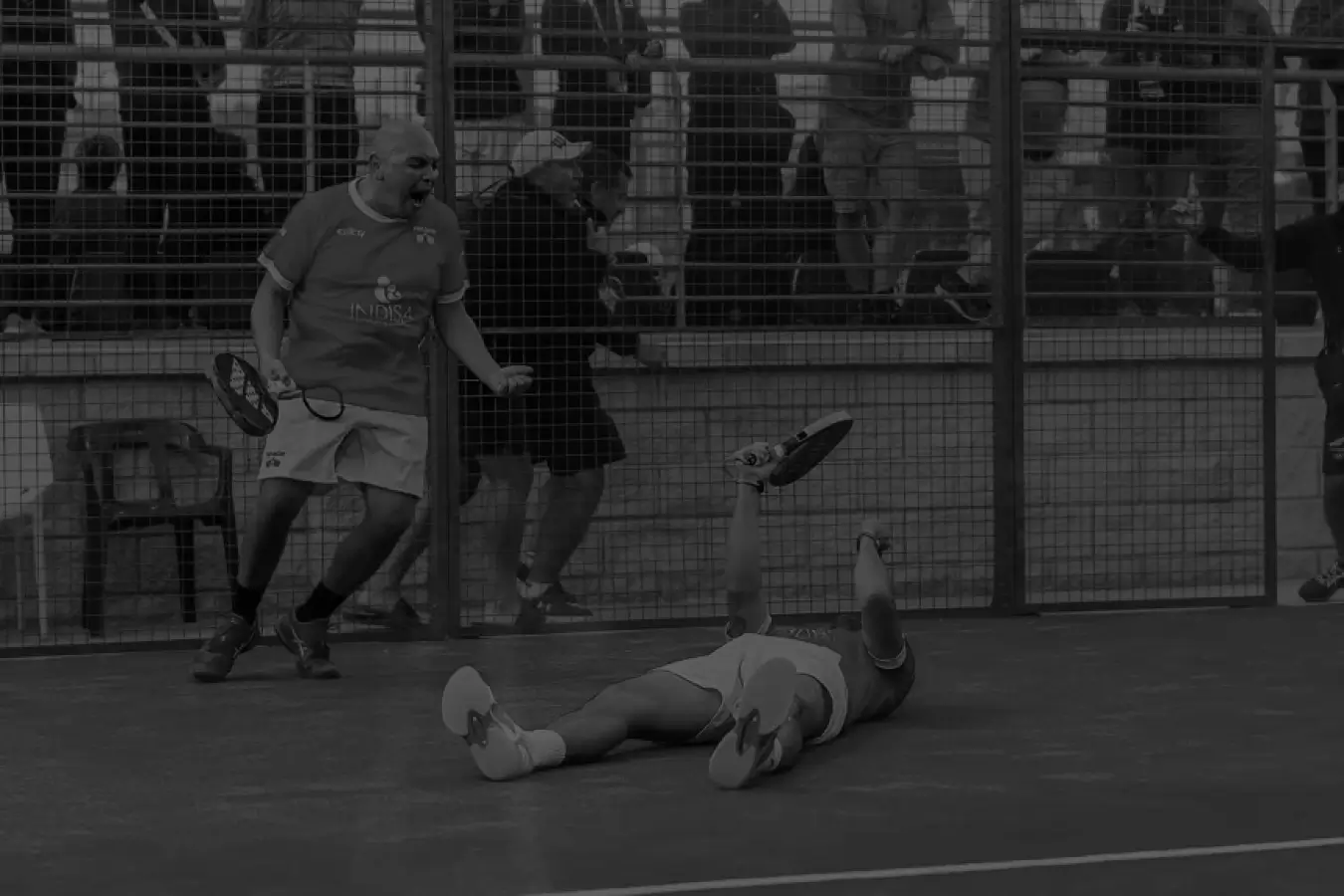
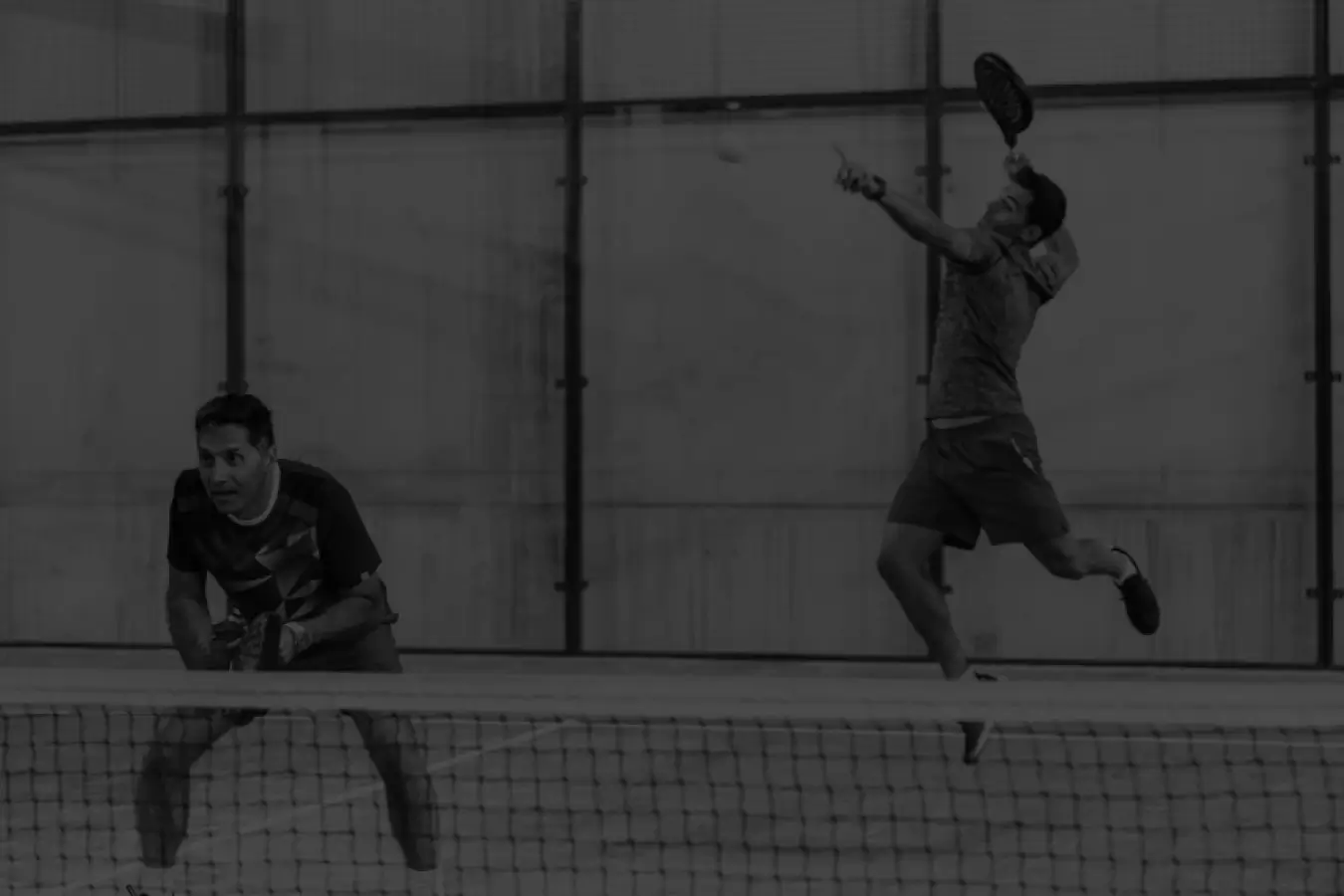
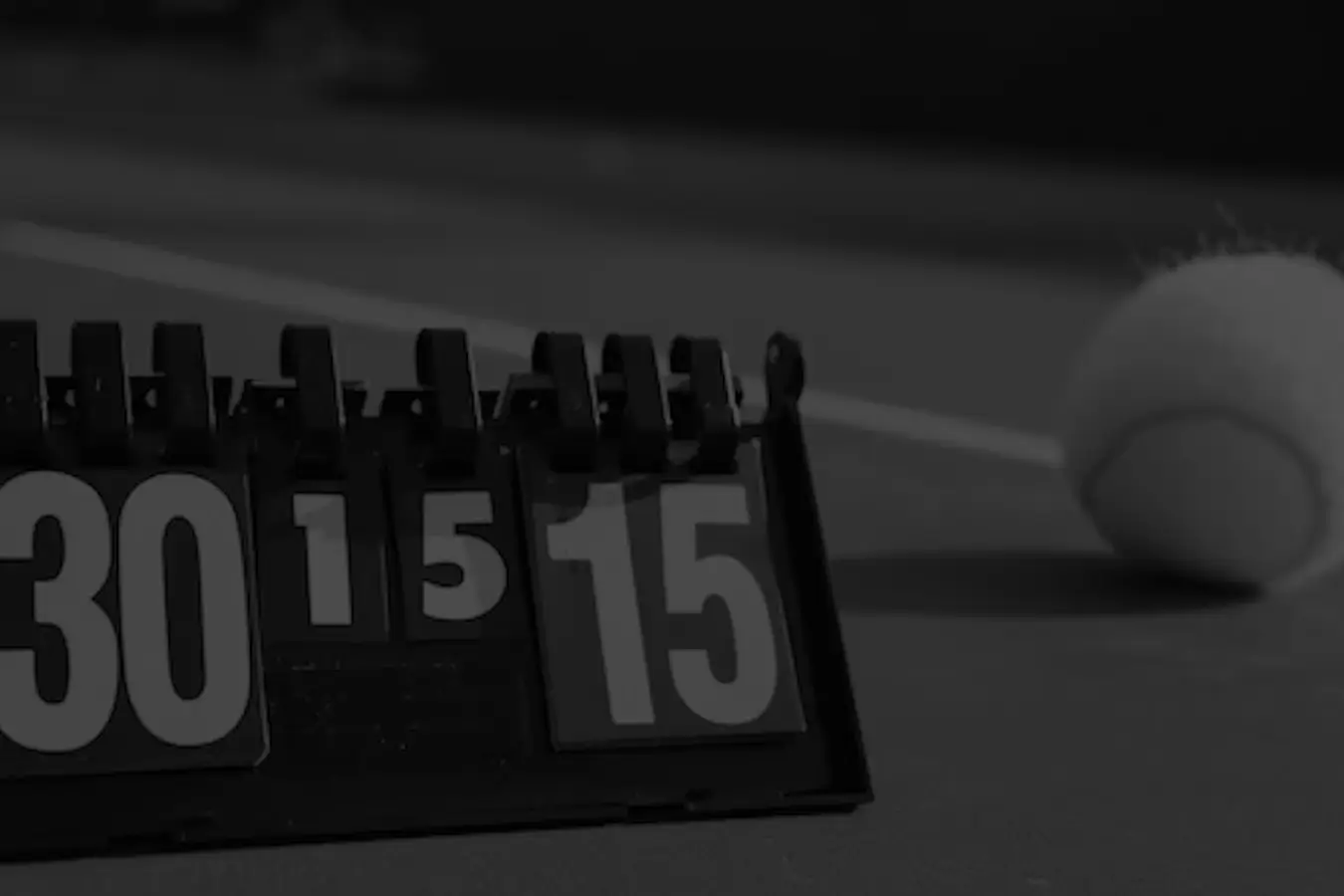
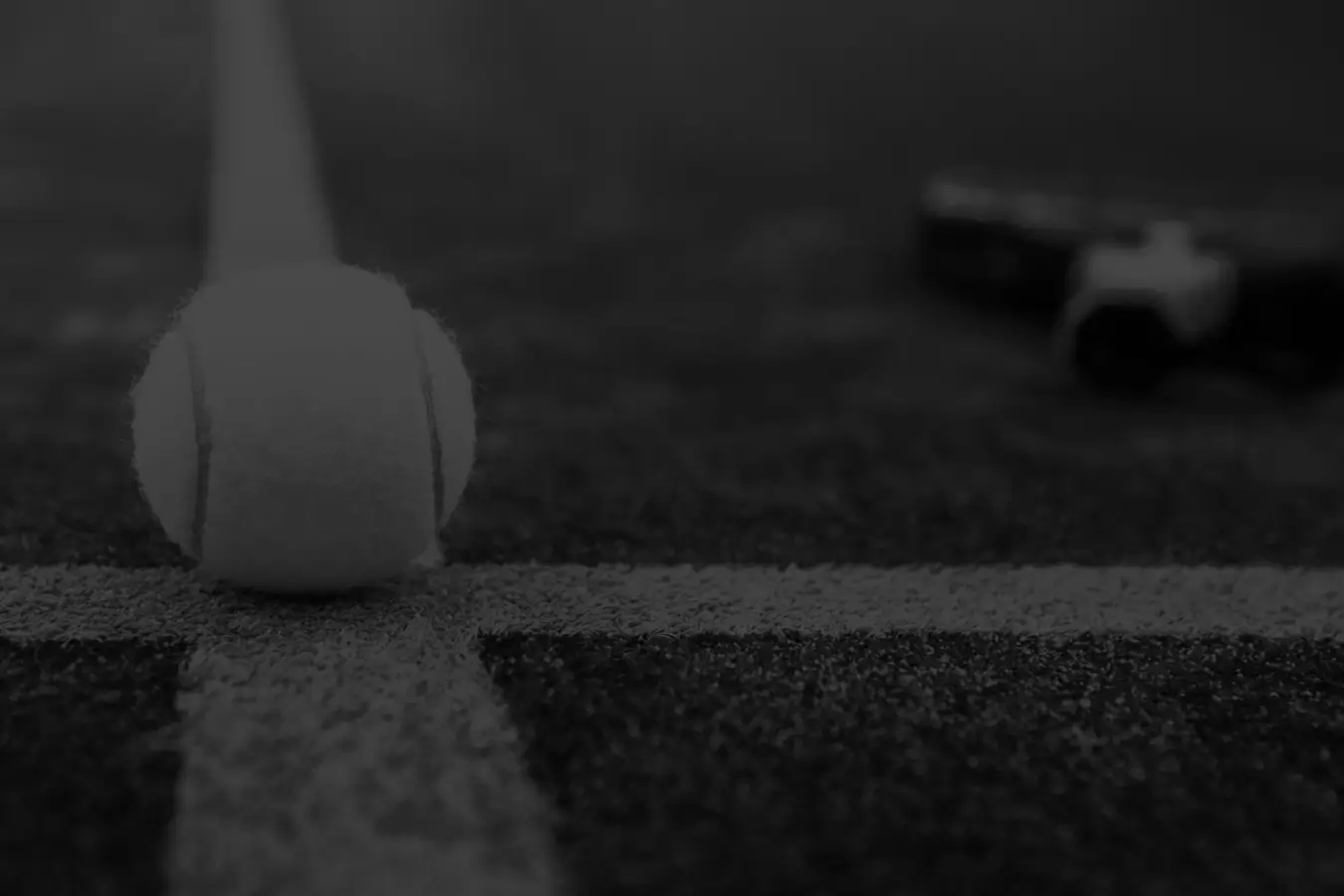

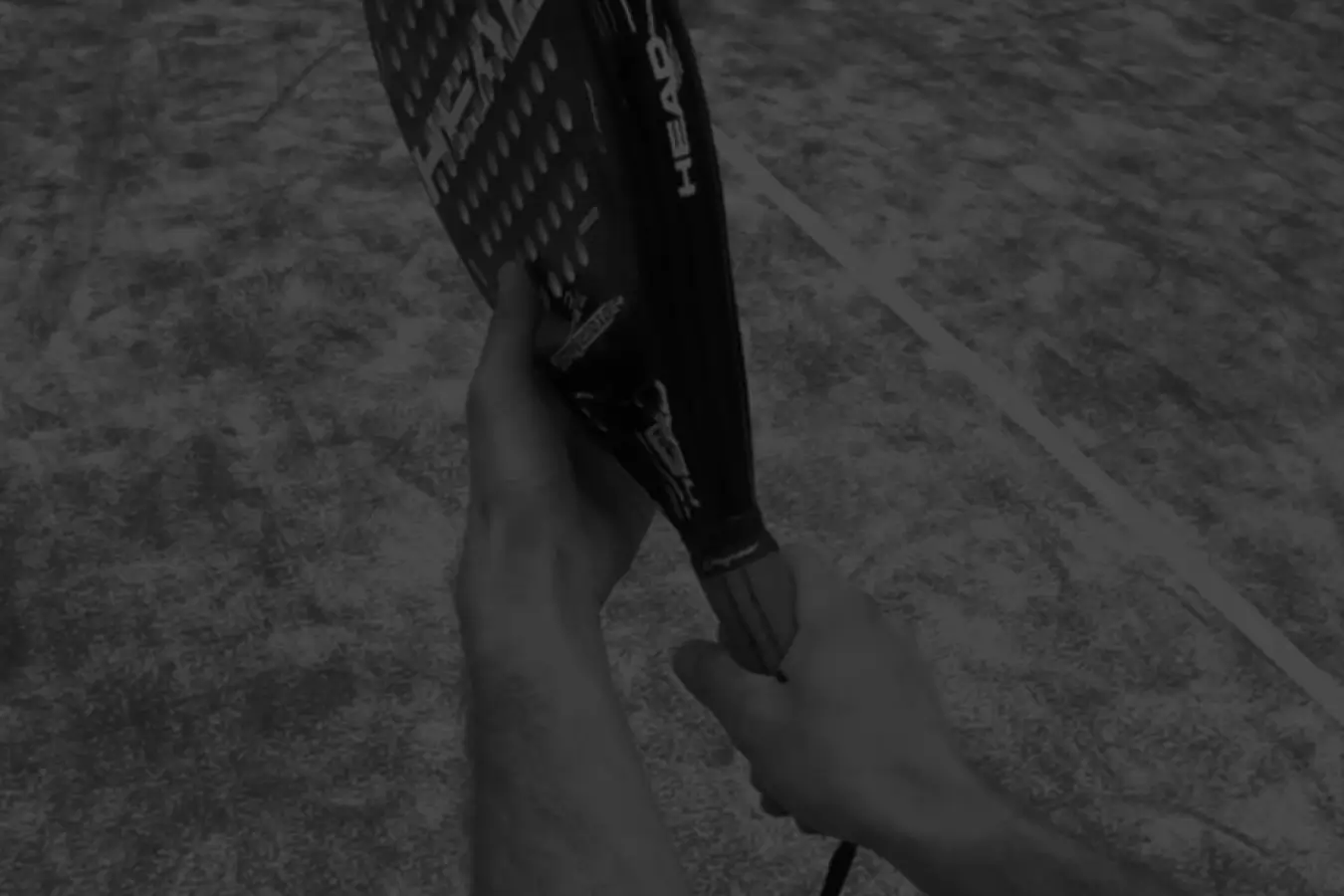

Discussion